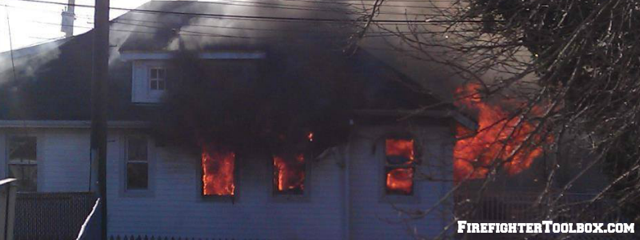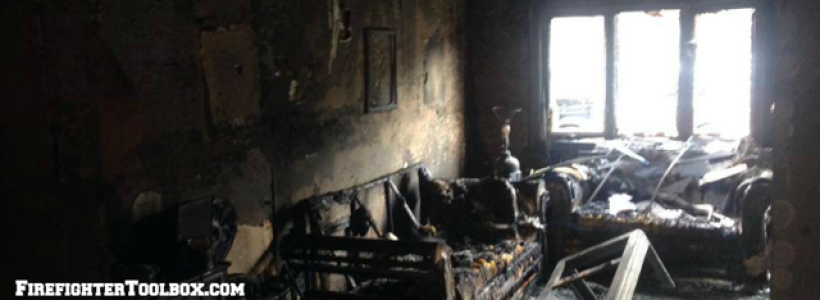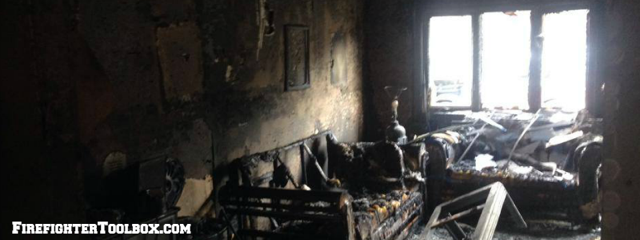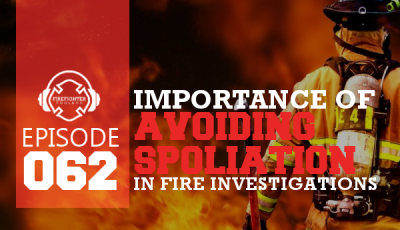8 Crucial Ways To Help The Fire Investigation
As firefighters & officers we have a responsibly to take an active role in the fire investigation because putting an arsonist behind bars may potentially save the life of a brother/sister firefighter -Scott Ebbert
 Fire is the most costly public safety problem in the United States and the crime of arson is a difficult crime to investigate and prosecute. Putting an arsonist behind bars may potentially save the life of a firefighter brother or sister. Faulty consumer products are another reason we should take interest in fire investigation. Those dangerous products may go undetected and continue to stock store shelves. We can help the Investigator identify them and save countless civilian lives and protect our own loved ones. While we may not possess the experience, education or skills necessary to conduct a fire origin & cause investigation, there are ways we can help the Investigator:
Fire is the most costly public safety problem in the United States and the crime of arson is a difficult crime to investigate and prosecute. Putting an arsonist behind bars may potentially save the life of a firefighter brother or sister. Faulty consumer products are another reason we should take interest in fire investigation. Those dangerous products may go undetected and continue to stock store shelves. We can help the Investigator identify them and save countless civilian lives and protect our own loved ones. While we may not possess the experience, education or skills necessary to conduct a fire origin & cause investigation, there are ways we can help the Investigator:
#1 – Observe
What we see, hear, and even smell from the time we call en route to the incident until the time we clear the scene. The Fire Investigator typically arrives later into the incident and doesn’t examine the scene until the fire is out and smoke is cleared. The observations we make give the Investigator a look at the incident through our eyes. Make note of fire conditions and Fire Department activities throughout the incident.
#2 – Limit overhaul
Do what we need to extinguish the fire and no more. Firefighters are evidence-eradicators. The use of gas powered saws & equipment can contaminate the scene and any samples the Investigator may take. Hose streams and hand tools can destroy whats left after the fire. Fire Investigators examine walls, ceilings, floors, furnishings, etc. to determine burns patterns and the direction of fire spread. Crews shouldn’t be left to loiter in fire building, but instead, outside where they can rehab in a safe area.
#3. Secure the Scene
Occupants/owners should not be permitted to re-enter the structure. If the fire is suspicious in nature, treat the area as a crime scene. Caution or Fire Line tape can be used to help control entry into the restricted area.
#4. Control The Utilities
Shutting off gas and electric are normally tasks performed by interior crews during suppression. It’s important to note the position of valves and circuit breakers prior to shutting them off. The Investigator will take interest in any valves or breakers tampered with or tripped prior to FD arrival. Remember to only turn off the “MAIN” in the electrical panel and leave all other circuits in their position. Notify the Investigator if you find broken gas valves or pipes, or if the fire suppression system was shut off or disabled in any manner.
#5. Look At The Scene
The origin & cause of the fire may be very obvious. Use your experience to look at burn patterns and fire damage. We can confirm or disprove witness statements with what we see. Be careful not to dig around or move debris if you plan to request an Investigator.
#6. Separate Witnesses
Don’t allow witnesses the opportunity to “get their story right” prior to the arrival of the Investigator. Whether it’s intentional or unintentional, witnesses tend to collaborate their stories and important facts go undiscovered. The police are trained to deal with witnesses and we should ask them to assist whenever necessary.
#7. Interview
Talk to first in crews, bystanders, occupants, owners, neighbors, and police. When interviews are conducted early they tend to render more information because it’s fresh. Police often arrive before FD units and their observations are of value. Have EMS crews interview the seriously burned patient as soon as possible. Pertinent questions such as where and how the fire started should be their focus. Burn patient’s are often intubated and unable to speak for quite some time.
#8. Document
Take notes when taking witness statements & during FD activities. It’s more difficult to recall information as time goes by. Notes will assist us in completing accurate fire reports which maybe helpful in the legal arena later. Remember to inform dispatch of important incident updates so they are recorded and time-stamped. Any photo’s taken during the incident will also assist Investigators.
By following these steps we can ensure a proper investigation into the fire is conducted. The importance of the fire investigation cannot be overstated. The observations we make and information we gather prior to the Investigator’s arrival will contribute to the successful fire investigation.







